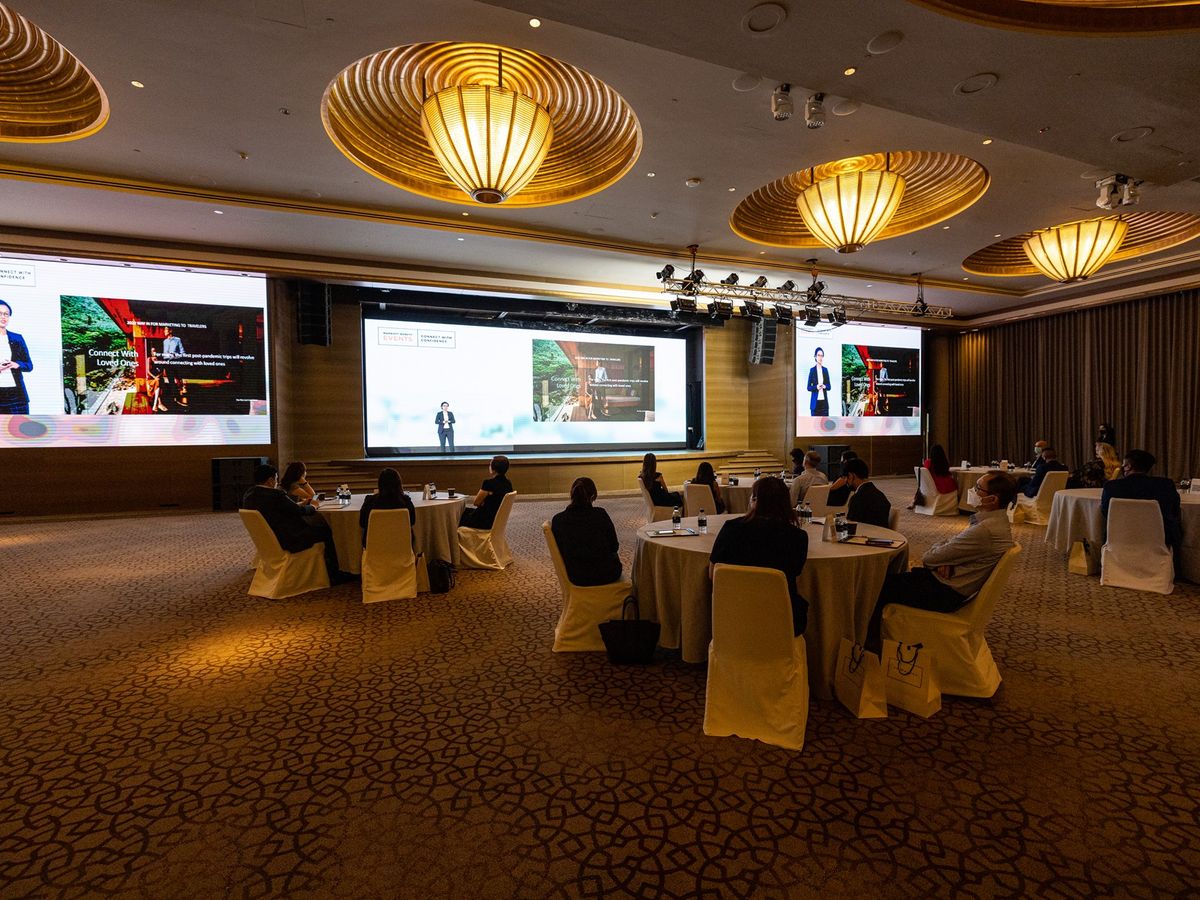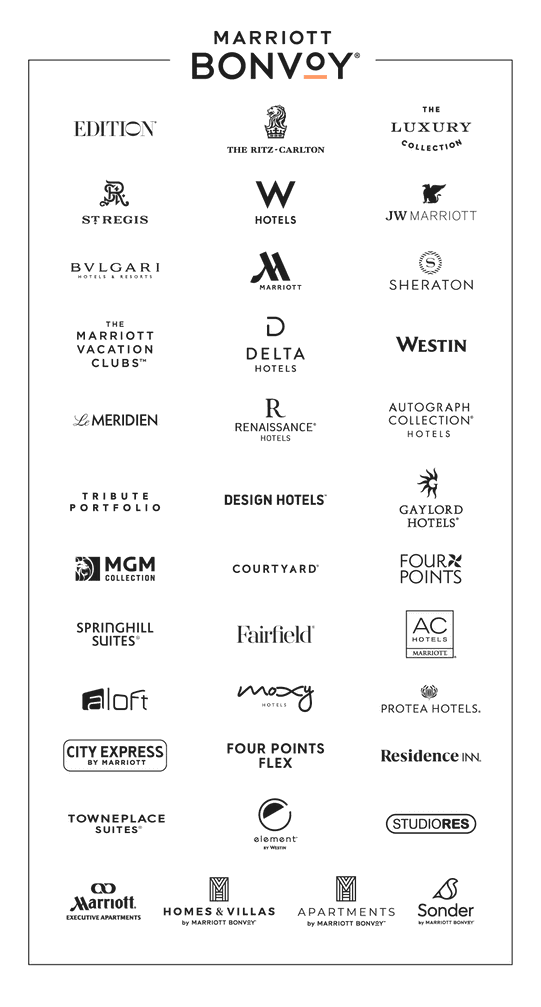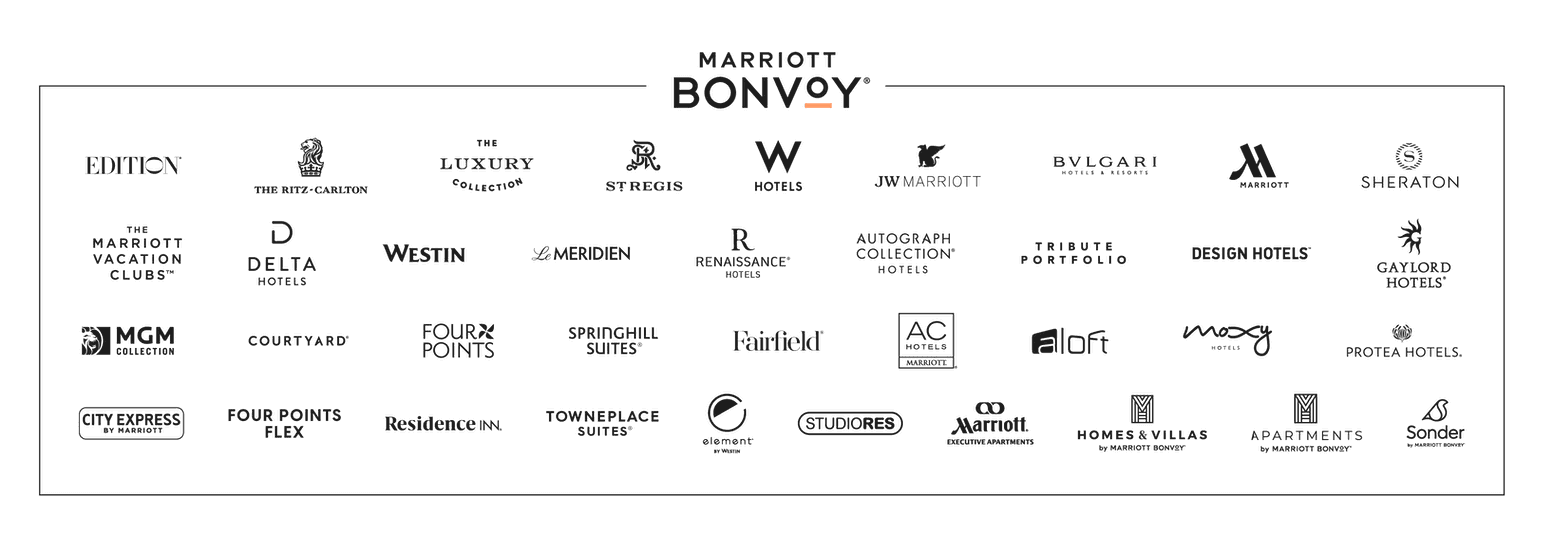How to Captivate Your Audience in a Hybrid Environment
As ongoing travel restrictions and work from home measures continue to accelerate the rise of virtual events, the thing that hasn’t changed among audiences is the craving for connection. Successful hybrid events blend the physical with the virtual and enable more opportunities for engagement and connection.
Marriott International’s first customer hybrid event across Asia Pacific “Be There with Marriott International – The Path Forward for Travel and Events” used industry best practices to create a highly immersive and engaging experience for its audiences. Held on September 1, 2021 and run with technology support from NowEvents®, the event was broadcasted from three hotels in Asia Pacific. To learn more about the event, read the summary or register to watch the event streaming here.
How did Marriott’s hybrid event create a captivating experience for their online and offline audiences with the support of NowEvents®? In this interview, Andrew McArthur-Edwards, Group CEO of Now Comms Asia shares his insights on best practices in hybrid events.
What are the most significant differences between physical and virtual event audiences?
McArthur-Edwards: A physical audience is always going to be more present and engaged. During live events, the audience feeds off each other to create and amplify the energy of the room. The joint participation keeps them tuned in to everything that is happening.
However, with online audiences, they are much more prone to distraction. Many of our traditional engagement tools have become unusable. Our key challenge has been finding ways to give virtual audiences a similar level of engagement and feeling of inclusion as the physical audience.
At the same time, the key to successful events has always been to bring people together and let them respond to each other. What unites people is the commonality of a moment in time, the desire to hear and learn the same things, as well as becoming part of the community that the event represents. This has created new challenges for virtual audiences, which we have addressed with our approach to hybrid events.
Based on your experience working with many clients, what types of content have worked well for virtual audiences?
McArthur-Edwards: Over these past two years, we have found new strategies to draw virtual audiences back to the screen by giving them continual reasons to re-engage with the content.
For purely online events, we have discovered that we are no longer constrained by two-dimensional thinking. While in-person events require a traditional stage and set that is blocked to provide good visibility, this doesn’t need to happen in a virtual event. Instead of watching from a single perspective, you have the freedom to place your audience in the environment. This has enabled us to move into a cinematic world – one in which our audience is virtually immersed into the environment.
Today, many clients opt for more visual storytelling with pre-produced, pre-recorded segments that take the audiences to places relevant to the message.
On the other hand, we have seen engagement drop off during long sessions, where the presenter talks over traditional slides. Audiences prefer flipping through this type of content at their own pace, stopping where relevant and moving quickly through the rest. In hybrid events, short and concise is the way to go.
Aside from the content, creating interaction and reasons for audience participation is important. For the recent Marriott event, we involved the on-site audience with fun activities including balloon passing, live polling, sending emoji reactions, and live Q&As. These were entertaining moments that helped both audiences feel involved.
With other clients, we have done events where we placed reporters across locations to interview attendees, enabling them to talk to the wider audience or engage in one-on-one sessions with each other.
In terms of our technology, our platform allows for spatial audio, which helps the virtual audience feel that they are in the room during the presentation.
When planning an event agenda, how do you create a captivating experience for virtual audiences?
McArthur-Edwards: I believe every event should be treated as storytelling, and while there are no hard and fast rules, I find that a good trick to start with is to design the event like a three-act play.
Set up the characters and the story you’re going to tell. Create a journey of discovery that leads the audience to establish a relationship with the story and characters. Then, you can bring all the elements of storytelling together in a satisfying ending that leaves the audience thinking about everything they have experienced in the finale.
The difference with virtual events is in the scenes within the acts. Here, we need to draw inspiration from talk shows and news channels. Curate each moment so that the audience has a feeling of not wanting to miss a single second. By keeping the sessions short and to-the-point, we tease our audience with what is coming next and give them a reason to keep coming back after each distraction.
What are the basic AV requirements of hosting a hybrid event?
McArthur-Edwards: The first thing to remember with hybrid events is that you’re effectively producing more than one event simultaneously. Each of these events affects one another and must be accounted for.
Sound isolation is the biggest challenge, as the live venue affects the sound broadcasted to the audience. The presenters from home are also not in a professional, sound environment. Therefore, having a sound monitoring system and the ability to individually adjust the direct sources for both onsite and online is critical.
Next, it is crucial to have a vision mixing system designed to take input from all your sources, both in-venue, and out-of-venue. You need a platform that allows event professionals and organisers to easily set up and manage this streaming, providing people both online and in-venue to participate in the same conversations.
Ideally, you should also have a separate mixer managing your in-venue broadcasting to ensure the physical audience is seeing the relevant content.
Remember that the venue must be equipped with reliable internet access – preferably hardwired – so you don’t get drops in signals.
Lastly, good-quality cameras and lighting for your presenters are critical.
What personnel is required to run a successful hybrid event?
McArthur-Edwards: For our recent event, we had a master show-caller who looked after what the online audience saw. She was in control of all cameras in all venues and the video rolls and timing.
We staffed each venue with its own on-site team, which included a show-caller that cued the local speakers and controlled the content and sound that was needed for their audience.
Meanwhile, the platform team looked after the online experience, ensuring that the polling, Q&As, and the entire online experience allowed the audience to stay focused on the presentations with minimal distractions.
How do you work with your clients? Can you explain the planning and communication process?
McArthur-Edwards: Our job is to understand the message clients want to get across to their audience and then think about it from the audience’s perspective to ensure they will absorb it effectively.
We work closely with clients to schedule and work back from the date of the event to make sure everything is organized and on time. From speaker rehearsals to technical rehearsals, venue liaison to registrations, and invitations to the look and feel of all audience communications, we collaborate with our clients through every step of the process.
For hybrid and online events, we ensure remote speakers are well set up to provide quality audio and video broadcasting through a strong internet connection. Lockdown and remote working have added a whole new complexity to event organizing, which requires a lot more pre-planning to ensure every element work flawlessly on the day.
What do you see as the future of hybrid events?
McArthur-Edwards: For the recent event with Marriott, we had three physical venues and broadcasted the event across Asia Pacific. This trend reveals how events are no longer constrained to one venue at one time. Audiences will continue to be spread over many locations. I think we are going to see more and more of this as the world comes out of lockdown and travel remains restricted.
At the same time, the joy of human interaction will continue bringing us back together, but in smaller groups than before. A kick-off with 500 people could now become five separate venues of 100 people each. Hybrid technology allows us to bring these people all together with presenters in various places addressing their combined physical and virtual audiences.

To find out more about Marriott International’s first customer hybrid event “Be There with Marriott International – The Path Forward for Travel and Events” produced by NowEvents®, read the summary or register to watch the video here.


The following brands do not participate in Marriott Bonvoy™ Events: Design Hotels, Marriott Executive Apartments, Residence Inn, TownePlace Suites, StudioRes, Bulgari Hotels & Resorts, The St. Regis Residence Club, The Phoenician Residences, a Luxury Collection Residence Club, Scottsdale, The Ritz-Carlton Club, The Ritz-Carlton Yacht Collection, and Homes & Villas by Marriott Bonvoy. For a full list of participating and non-participating brands, please click here.